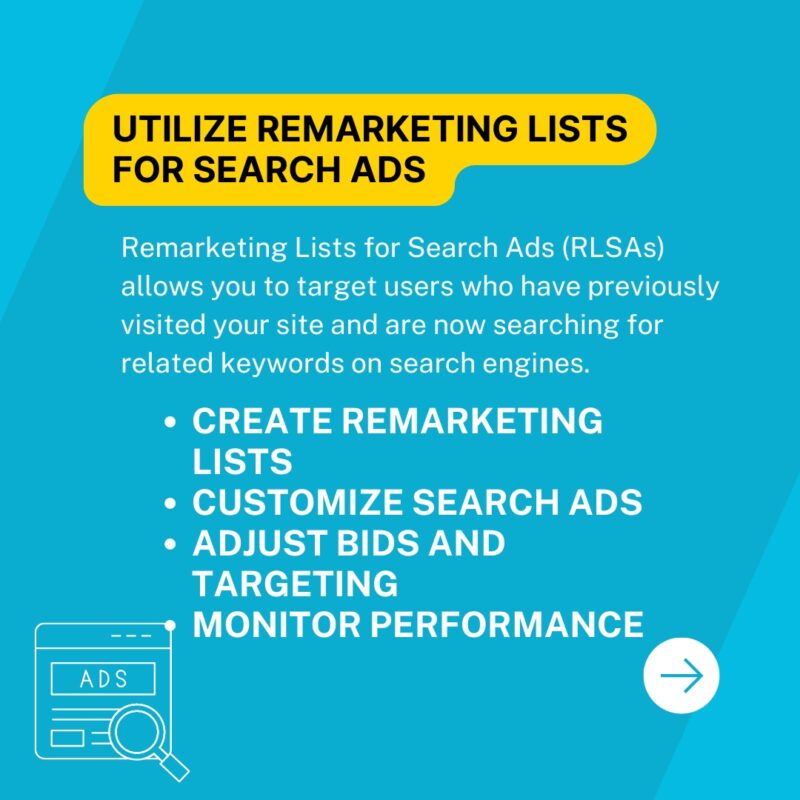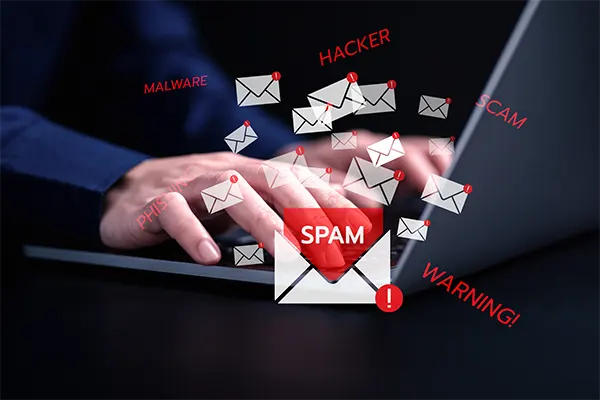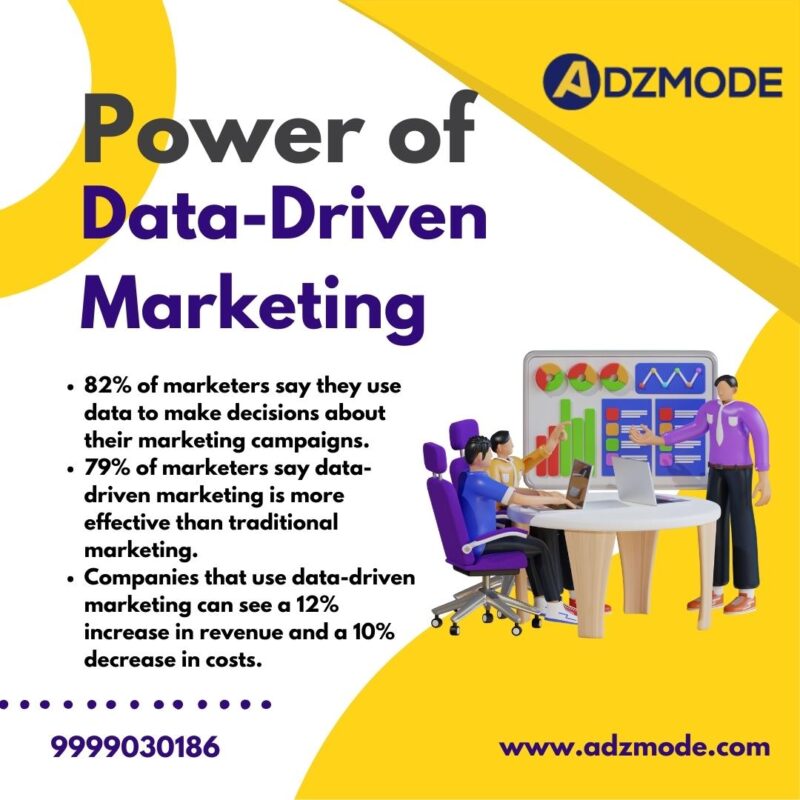
To cut through the noise and stand out, marketers must move beyond generic, one-size-fits-all email blasts. This is where email segmentation comes in, offering businesses a powerful tool to tailor their messages based on specific customer attributes and behaviors. In this article, we’ll explore the benefits of email segmentation and how it can be used to personalize campaigns for more effective, measurable results.
Whether you’re a small business owner or a seasoned marketer, understanding the benefits of email segmentation can significantly boost your email marketing strategy. Personalizing your emails based on various factors—such as purchase history, location, or user behavior—helps you create more relevant content that resonates with your audience. But it doesn’t stop there. The advantages of segmenting your email lists go far beyond basic personalization, contributing to better engagement rates, higher conversions, and improved customer retention. Let’s dive into how email segmentation works, its benefits, and how you can leverage it to skyrocket your marketing success.
What is Email Segmentation?
Email segmentation is the practice of dividing your email list into smaller, more targeted groups or segments based on specific criteria. These segments can be created based on a variety of factors such as demographics, purchase behavior, engagement level, geographic location, or preferences. Segmentation allows marketers to deliver highly relevant content to specific subsets of their audience, rather than sending the same message to everyone on their email list.
The primary goal of segmentation is to personalize the customer experience. It recognizes that not all customers are the same, and therefore, their needs and preferences differ. By sending tailored messages, businesses can connect with their audience on a deeper level, resulting in improved open rates, click-through rates, and conversion rates.
Common Ways to Segment Your Email List
To begin with email segmentation, here are some common methods marketers use to divide their email lists:
- Demographics: Age, gender, income level, job title, and education level are some of the demographic data points that can be used for segmentation. For instance, a fashion retailer might send different email promotions to men and women based on their shopping preferences.
- Geographic Location: Location-based segmentation helps deliver more relevant content based on the recipient’s area. If you operate a restaurant chain, you can send localized offers to specific regions or cities.
- Behavior: Segmenting based on past behavior, such as browsing habits or purchase history, allows you to send personalized recommendations. If a customer frequently buys a particular product, you can send similar product recommendations in future emails.
- Engagement Level: Not all subscribers engage with your emails at the same rate. Some open every email, while others might be less engaged. You can segment based on how frequently a recipient opens, clicks, or interacts with your emails, adjusting your approach for each group.
- Purchase History: Customers who have made recent purchases versus those who haven’t bought anything in months can receive different types of emails. Repeat customers can get loyalty rewards, while inactive customers can receive re-engagement emails.
- Preferences: Letting users opt into specific categories of content or promotions allows for preference-based segmentation. This ensures that you’re only sending emails aligned with their interests.

The Benefits of Email Segmentation
Now that you have a clear understanding of what email segmentation is, let’s take a closer look at the numerous benefits it offers:
1. Higher Open and Click-Through Rates
One of the immediate and most visible benefits of email segmentation is an increase in open and click-through rates. When subscribers receive content that is relevant to them, they are far more likely to open the email and engage with the content.
For instance, if you run a clothing store, segmenting your list based on gender allows you to send women’s clothing promotions to women and men’s clothing promotions to men. This simple form of personalization makes the emails more relevant and interesting to the recipient, resulting in higher engagement rates.
2. Improved Conversion Rates
By delivering targeted content to specific segments of your audience, you can significantly improve your conversion rates. When subscribers receive emails that address their unique needs, they are more likely to take the desired action—whether that’s making a purchase, signing up for a webinar, or downloading a resource.
For example, a fitness brand might segment its audience based on their fitness goals (weight loss, muscle gain, etc.) and send targeted workout plans or product recommendations. This level of relevance is more likely to convert subscribers into paying customers. Supercharge your online presence with tailored digital marketing services designed to skyrocket your ROI!

3. Better Customer Retention
Segmentation not only helps with acquiring new customers but also plays a crucial role in retaining existing ones. When you continuously send personalized, value-driven content, customers are more likely to stay engaged with your brand over time. By keeping your audience’s preferences in mind, you build stronger relationships and trust, which leads to better customer loyalty and retention.
A great example of this is a subscription box service that sends personalized recommendations based on past purchases or preferences. This consistent and relevant communication keeps customers excited about their subscription and less likely to cancel.
4. Reduced Unsubscribe Rates
One common reason subscribers choose to unsubscribe from email lists is receiving irrelevant content. Generic emails that don’t speak to their needs can easily prompt them to hit the unsubscribe button. By using segmentation to deliver more tailored and meaningful content, you can reduce the likelihood of subscribers leaving your list.
For instance, if you run an online bookstore and segment your email list based on genre preferences (fiction, non-fiction, fantasy, etc.), your subscribers are more likely to stay engaged with your emails, as they will only receive promotions for books they are genuinely interested in.
Visit: best remarketing strategies
5. Increased ROI on Email Marketing Campaigns
Email segmentation ensures that your marketing budget is used more efficiently, leading to a higher return on investment (ROI). When you send targeted emails to smaller, more engaged segments, you’re maximizing the effectiveness of each email. Your marketing dollars are being spent on reaching the right people with the right message, rather than casting a wide net and hoping for the best.
As an example, if you run a SaaS company, sending targeted onboarding sequences to new users and renewal reminders to existing customers ensures that each email serves a specific purpose, ultimately driving more conversions and increasing your ROI.
6. Enhanced Personalization
Personalization is no longer a luxury in email marketing—it’s a necessity. Customers today expect a personalized experience, and segmentation allows you to deliver on that expectation. Whether it’s using a subscriber’s name in the subject line, recommending products based on previous purchases, or sending a birthday discount, these small touches make a big difference in how your emails are received.
Email segmentation allows for more advanced forms of personalization, beyond just adding a first name. It enables you to create dynamic content that speaks directly to the recipient’s interests, improving both the user experience and your campaign’s overall performance.
7. Better Data and Insights
Email segmentation also allows you to gather more granular data on your audience’s preferences and behaviors. As you track the performance of different segments, you’ll gain valuable insights into what works and what doesn’t for specific groups. This data can inform future marketing efforts, helping you fine-tune your strategy and achieve even better results.
For instance, you might discover that a certain demographic is more responsive to email offers at specific times of the day, or that one segment is more likely to engage with discount offers while another responds better to informational content. These insights enable you to make data-driven decisions for future campaigns. Your business deserves more than just clicks. Let us deliver engagement, loyalty, and real sales through the best digital marketing agency in Delhi!

8. Targeted Re-engagement Campaigns
Inactive subscribers are a common challenge for email marketers. People may lose interest over time or simply forget about your brand. With segmentation, you can create targeted re-engagement campaigns aimed at reactivating these dormant subscribers.
By identifying subscribers who haven’t opened your emails in a certain period, you can craft special offers or content designed to re-engage them. This could include sending exclusive discounts, personalized recommendations, or simply asking for feedback to understand why they’ve become inactive.

9. Efficient Use of Resources
When your email campaigns are targeted, you don’t need to create multiple general messages to appeal to a wide audience. Instead, you can focus on crafting highly relevant content for specific segments. This approach not only boosts efficiency but also ensures that your marketing team is spending their time and resources wisely.
For example, instead of creating a single email promoting various product categories, you can segment your list by customer interest and send focused campaigns that are more likely to resonate with each group. This strategy maximizes the effectiveness of your team’s efforts and leads to better campaign performance.
Visit: b2b digital marketing strategies
How to Get Started with Email Segmentation?
Now that you understand the benefits of email segmentation, you’re probably wondering how to get started. Here are some steps to help you implement an effective segmentation strategy:
1. Define Your Segments
Before you can start sending targeted emails, you need to define your segments. Think about what criteria are most relevant to your business and audience. Do you want to segment based on demographics, purchase history, behavior, or preferences? The key is to create segments that align with your marketing goals and allow you to deliver more personalized content.
2. Collect Data
To segment your email list, you’ll need data on your subscribers. Some data points, like demographics or preferences, can be collected when users sign up for your email list. Other data, such as purchase history or engagement behavior, can be gathered over time as you interact with your audience.
3. Create Tailored Content
Once you have your segments in place, the next step is to create personalized content for each group. This content should speak directly to the needs and interests of each segment. For example, if you’re segmenting by location, make sure your email includes local offers or events that are relevant to the recipient.
4. Test and Optimize
As with any marketing strategy, testing is crucial for success. A/B test different subject lines, content, and calls to action (CTAs) for each segment to see what resonates best. Track the performance of each segment and make adjustments as needed to improve your results over time.
5. Automate Where Possible
Email marketing automation tools make segmentation much easier by allowing you to create automated workflows based on subscriber behavior. For example, you can set up a welcome email series for new subscribers, cart abandonment reminders for online shoppers, or re-engagement emails for inactive users—all of which can be personalized based on segmentation.
Visit: common ppc mistakes
Conclusion
The benefits of email segmentation are clear: higher engagement rates, improved conversions, better customer retention, and a more efficient use of your marketing resources. By taking the time to understand your audience and deliver personalized content, you can create more meaningful connections with your subscribers and achieve better results from your email marketing campaigns.
Email segmentation is not just about dividing your list; it’s about delivering the right message to the right person at the right time. In today’s competitive market, where consumers are inundated with marketing messages, personalization is key to standing out. By leveraging the power of segmentation, you can create highly relevant and effective email campaigns that drive success for your business.
Whether you’re just getting started with email marketing or looking to optimize your current strategy, implementing segmentation is a proven way to enhance your campaigns and boost your bottom line. Don’t overlook the tremendous potential that lies within your email list—start segmenting today and experience the transformative benefits of email segmentation firsthand.
Share Your Project Requirements With Us





